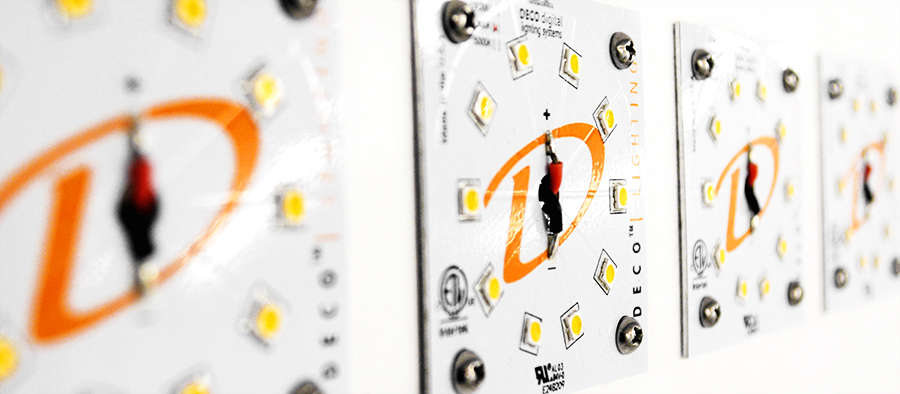Since Thomas Edison patented the incandescent bulb back in 1879, it has been the iconic image that comes to mind when one imagines a “light bulb.” It is one of the most recognizable symbols in today’s society, and the incandescent bulb has long been the main source of indoor lighting for homes and buildings across the globe. However, like most revolutionary inventions, lighting technology has become more efficient, more versatile, and longer lasting over the past century, and soon, incandescent light bulbs will become things of the past.
In 2007, the federal government enacted the Energy Independence and Security Act, implementing a gradual phase-out of inefficient incandescent bulbs. The laws aims to “eliminate unnecessarily wasteful products from the market,” including incandescent bulbs, which lose about 90% of the energy they use as heat. The law does not ban incandescent bulbs altogether; however, most of the incandescent bulbs used by consumers today do not meet the law’s minimum efficiency standards. Accordingly, the law effectively bans the manufacturing and importing of the majority of incandescent bulbs, thereby decreasing energy costs for consumers and lowering harmful emissions. LED lighting is currently the most efficient lighting technology on the market, with the ability to last over 20 years and cut energy costs by 75%, and the price of LEDs is dropping dramatically year after year; today you can buy an LED replacement bulb for between $5 and $13.
It is easy to see why the switch to smarter lighting solutions is a positive one for consumers, but the benefits of LED lighting extend far beyond the residential sector. Lighting accounts for about 21 percent of all the electricity consumed by the commercial sector, and LED lighting is more durable, more energy efficient, and less expensive to maintain than traditional commercial lighting methods, such as fluorescent or high intensity discharge (HID) lighting. Not to mention, LED lighting lasts longer than any other lighting option available.
In addition to their amazing longevity, LED lamps consume less power and produce more light than their traditional counterparts, translating into enormous savings for building owners. There is no denying LED technology is taking the market by storm; it is expected to account for 80% of the entire lighting market by 2020. The Department of Energy forecasts that the increased adoption of LED solutions will reduce overall lighting energy consumption by 15% in 2020 and 40% in 2030, with even greater decreases in the residential sector specifically, at 17% and 53%, respectively.
According to a recent post from the Edison Report, global revenue for the LED lighting market is expected to reach $216 billion by the year 2024. This growth coincides with a dramatic increase in commercial retrofit projects while LED prices continue to decrease. Nearly all designers and project managers have begun to consider LED lighting for installations across a wide variety of applications, and Navigant Research expects this fast-paced transition to LED to knock incandescent and halogen bulbs out of the market by 2024.
While LED technology is the most efficient lighting technology to-date, it is imperative that consumers and building owners understand the disparity between superior LEDs and inferior LEDs. Deco Lighting selects only the highest quality components for its LED solutions, partnering with Nichia, who manufacture the highest quality LEDs on the market. Through this partnership Deco and Nichia engineers have produced an LED lighting engine that produces minimal heat and extended life cycles lasting up to 219,000 hours, that’s about 50 years if you leave your lights on 12 hours a day!
One challenge that comes with implementing any new technology, regardless of how many benefits it offers, is many consumers and businesses have already spent a substantial amount of money on buying and installing their existing fixtures. However, the good news is that these consumers and businesses do not need to actually replace their fixtures in order to upgrade their lighting to LED. Deco Lighting offers its customers a low-priced solution to upgrading any fixture to LED through their Custom Retrofit Program. Deco can create a customized LED retrofit kit that fits your specific fixtures, so you keep your original fixtures. Furthermore, to eliminate maintenance costs, all of Deco’s LED solutions are backed by a 10-year, 100,000-hour warranty that includes labor. Learn more about Deco Lighting’s full line of LED retrofit kits here.

